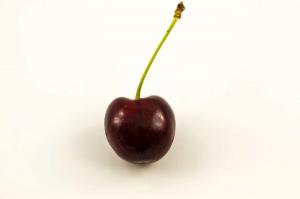Why Indoor Plants Should Be Potted in Plastic or Ceramic Pots
When it comes to indoor plant care, one of the most important decisions you’ll make is selecting the right type of pot. While there are many different options available, plastic and ceramic pots are two of the most popular choices. Here’s why we believe that indoor plants should be potted in plastic or ceramic:
Plastic Pots: Advantages and Disadvantages
Plastic pots are lightweight and durable, making them an ideal choice for indoor plant care. They are also available in a wide range of sizes, shapes, and colors, allowing you to choose a container that complements your plant’s foliage and decor. Additionally, plastic pots are an affordable option, making them a great solution for those just getting started with their indoor garden.
However, plastic pots do have some disadvantages to consider. They aren’t as breathable as some other materials, which means that roots may be susceptible to fungal growth or rot. Also, plastic pots can become brittle in cold temperatures, which may cause them to crack or break.
Ceramic Pots: Advantages and Disadvantages
Ceramic pots are a popular choice for indoor plants because of their aesthetic appeal. They come in a variety of shapes, sizes, and colors, and are often decorated with intricate designs or painted finishes. Ceramic pots are also heavy, which can provide stability for taller plants that may topple in lighter containers.
However, ceramic pots are not perfect. They can be expensive, especially if you’re looking for a high-quality glazed finish. Plus, they are fragile and prone to breakage if dropped or mishandled. Additionally, ceramic pots may not be the best option for plants that require excellent drainage since they are not porous and can retain excess moisture.
The Bottom Line
When it comes to choosing between plastic and ceramic pots for your indoor plants, there are advantages and disadvantages to both options. Ultimately, the decision comes down to personal preference and the needs of your specific plants. Consider factors such as drainage, breathability, aesthetic appeal, and cost when making your decision.
Regardless of which type of pot you choose, it’s important to remember to use a high-quality potting mix that will provide your plants with the nutrients they need to thrive. Additionally, make sure to monitor your plants closely for signs of overwatering, underwatering, or other issues that may arise as a result of their choice of container.
By selecting the right type of pot and providing your indoor plants with the care they need, you can create a thriving indoor garden that will bring beauty and enjoyment to your home or office for years to come.

 how many times do yo...
how many times do yo... how many planted tre...
how many planted tre... how many pine trees ...
how many pine trees ... how many pecan trees...
how many pecan trees... how many plants comp...
how many plants comp... how many plants can ...
how many plants can ... how many plants and ...
how many plants and ... how many pepper plan...
how many pepper plan...






























